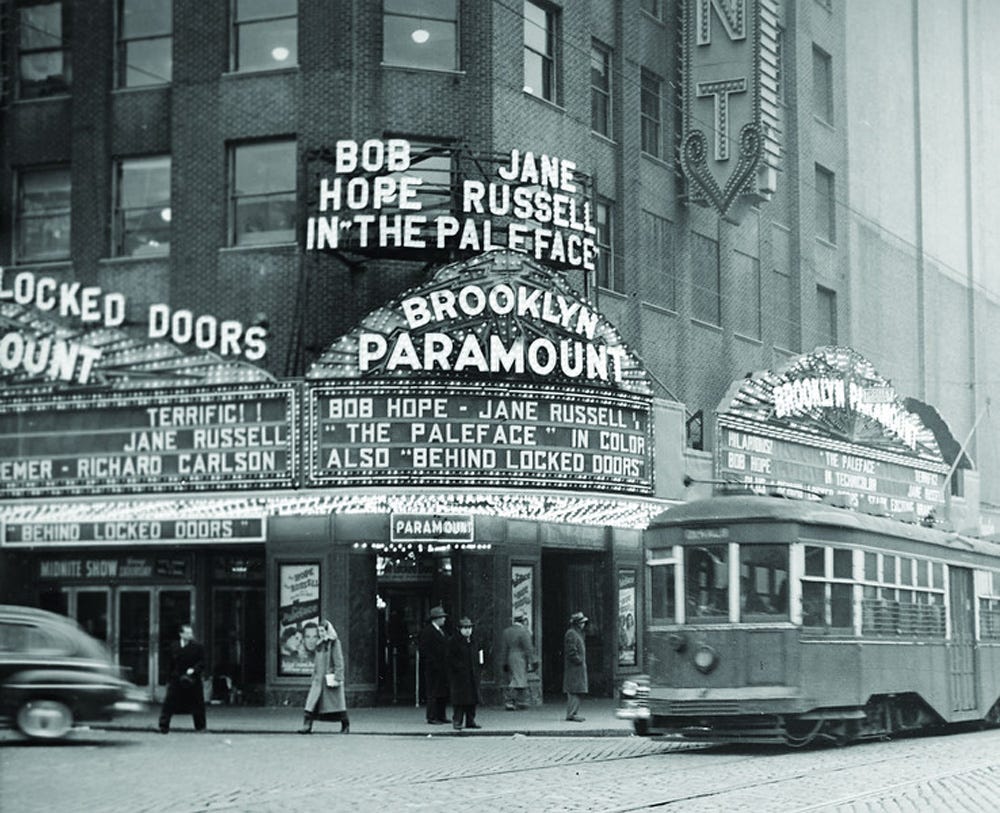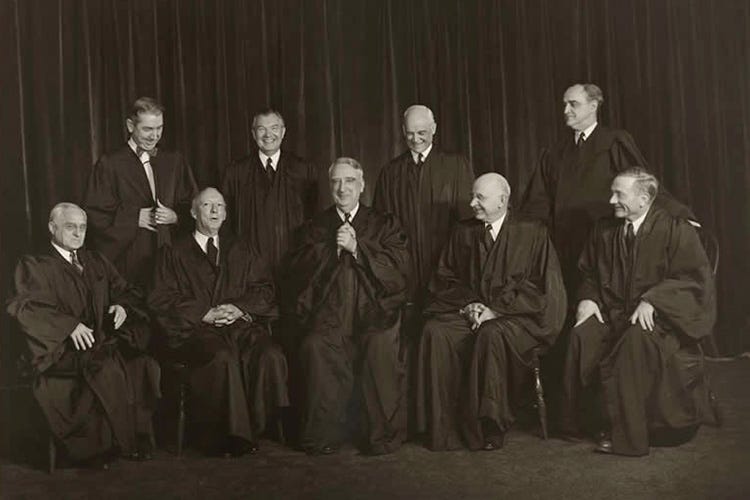Long time no see!!!
Sony Pictures, one of the world’s biggest film studios, just announced its purchase of Alamo Drafthouse Cinema.
If you haven’t been to an Alamo theater, I can wholly recommend it. A great selection of movies, awesome viewer experience, in-theater dining and drink, and more.
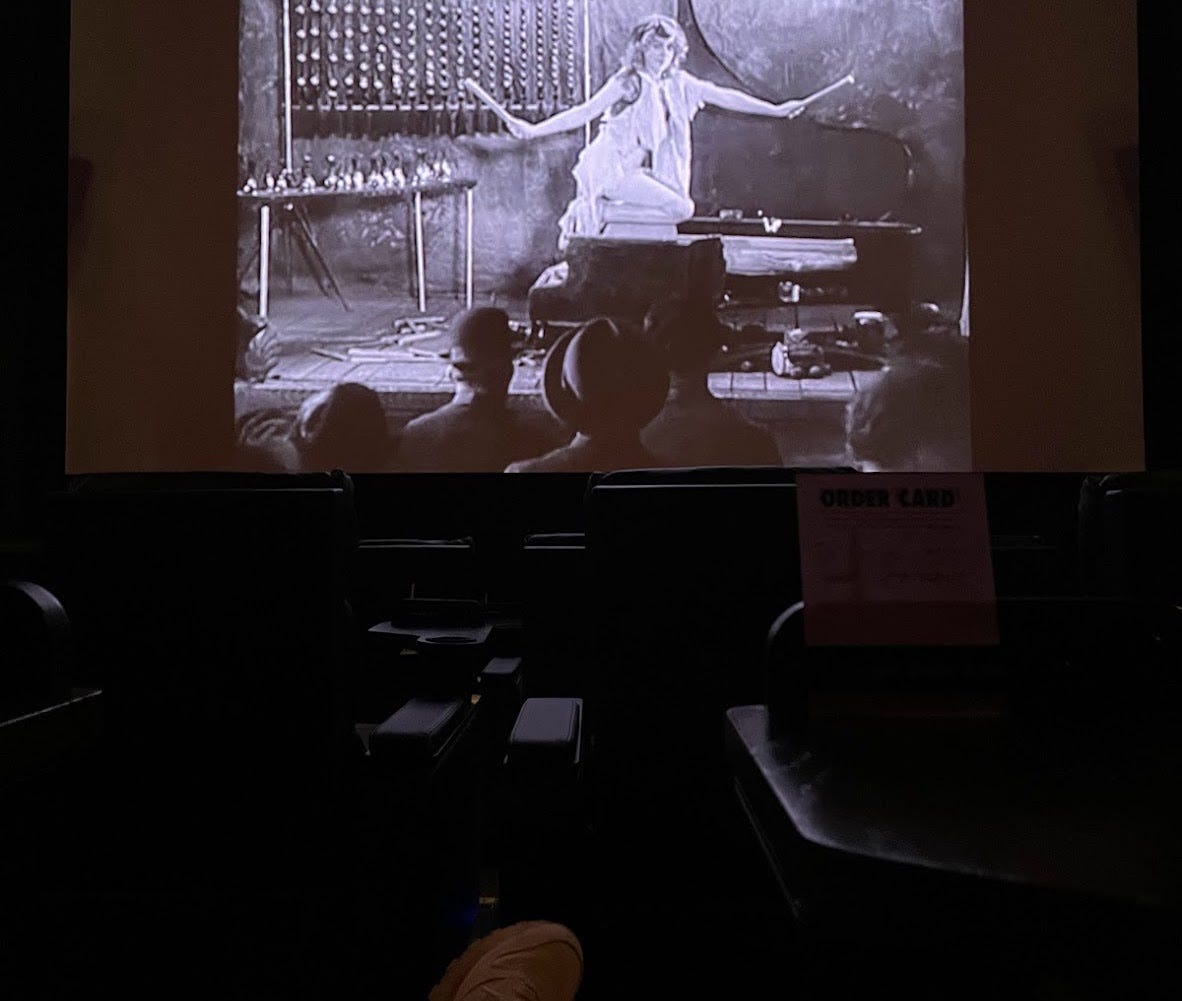
But that’s not just me either. Alamo Drafthouse has become North America’s 7th largest theater chain, receiving more than 10 million attendees annually and 4 million loyalty members. Unfortunately, in a now-classic story, they had to file for bankruptcy in 2021 during COVID, got bought by a private equity firm, and have been exploring a sale ever since. And have just gotten one!
Remember the Alamo
This sale is a big deal. In my opinion it’s a great lifeline to a great brand. It’s good for Sony, the only one of the big studios to not have its own streaming service. With how saturated streaming has gotten, it’s smart of Sony to continue exploring licensing content and now alternative distribution channels (like theaters!). And despite fears by Alamo-goers, I think Sony will be good stewards of the brand.
This news also opened my eyes to a fascinating period of Hollywood history that continues to make waves. The reason Sony’s purchase is a big deal is because of a landmark Supreme Court case: United States v. Paramount Pictures, Inc. (1948). This case not only changed the entire structure of Hollywood, ushering in a new era of independent filmmaking, but it also dramatically changed antitrust law in the U.S., setting legal precedent that still shapes how we regulate big companies.
Down by CaseLaw
Until the 1940s, major Hollywood studios, the largest being Paramount, controlled not only film production but also a vast portion of movie theaters. This is known as ‘vertical integration’, where a company owns multiple key stages of its operations in order to cut costs. This by itself is okay, and is a common business strategy for expansion. It gets tricky when 1) a company merges/acquires another company along a stage of its operations and 2) this integration allows the firm to dominate a market, potentially harming consumers.
For example, if a large car manufacturer buys a large tire manufacturer, and uses that ownership to hurt customers (predatory pricing, raising rivals’ costs, etc.), that could hurt the competitiveness of the car/tire market. Not good. You could fill an entire library with case law, analysis, and history about vertical integration and antitrust.
But all of that hinges on US v. Paramount.
United States v. Paramount Pictures, Inc. (1948).
Thus, ownership of theaters meant that studios dominated the entire film industry, leading to anti-competitive practices such as block booking (forcing theaters to show a studio’s entire package of films rather than individual films). Ultimately, the Supreme Court decided that this vertical integration violated the 1890 Sherman Antitrust Act (yay AP US History!). In a standard known as the Paramount Decree, held for nearly seven decades later, the Department of Justice (DoJ) prevented film production companies from owning exhibition companies (theaters).
We Still Don’t Antitrust You
So … How is Sony buying Alamo Drafthouse?
In 2018, the DoJ began a review of ongoing decrees, including the Paramount Decree. They found that the entertainment industry had changed enough where it was "unlikely that the remaining defendants can reinstate their cartel"and terminated it.
Since then, only Netflix and Amazon have purchased theaters, with the former owning two and the latter owning one. These are primarily prestige theaters showcasing originally developed films to 1) appease famous filmmakers and 2) receive awards contention (which often requires at least a brief theatrical window). This makes sense – the theater business isn’t the hottest in the world. It’s no wonder Disney hasn’t tried to buy AMC, for example.
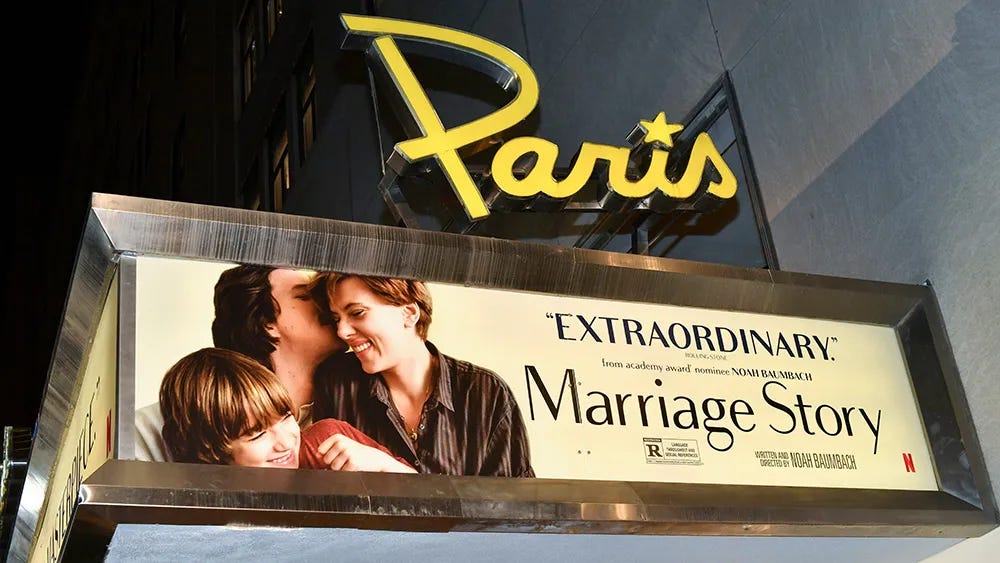
BUT! That’s what makes Sony’s purchase so surprising! It’s a resounding commitment to the future of the theater industry. That too for such a promising brand, one that is growing rapidly and commands an impressive commitment from its core base.
So What?
Bigger picture, though, U.S. v. Paramount essentially codified that although vertical integration itself is not illegal per se, the purpose or intent behind the business strategy (essentially whether the firm seeks to dominate the market) is what matters. It’s an idea that still dominates antitrust litigation in the United States. Lina Khan (current chair of the Federal Trade Commission, the main enforcement agency of civil antitrust law) famously rose to prominence from her influential piece for the Yale Law Journal, arguing that antitrust law (and vertical integration violations specifically) should be applied to Amazon and other big tech companies.
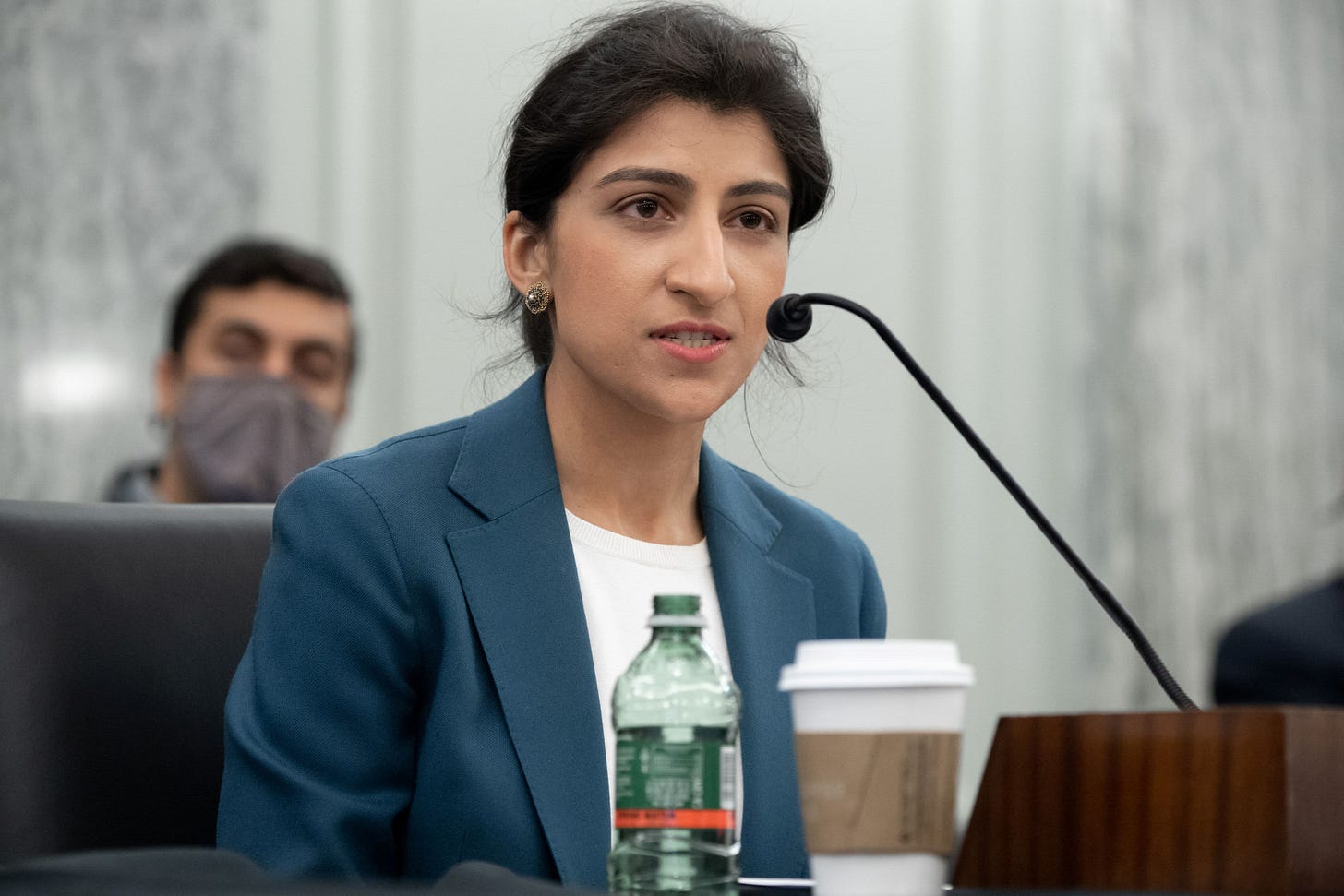
The idea of vertical integration is alive and constantly evolving, but has its roots all the way back to the moving pictures of the 40s. As for Sony’s purchase, it showcases to me not only the degree to which the industry has changed since the 40s, but also the ways in which policy, regulation, and law continue to shape the world.
If you liked reading this…
You might like these other posts I’ve done about film’s intersection with history/government!
See you all again soon! Until then, please get in touch if you have any thoughts or suggestions you’d like to share. If you want to keep up with what I’m watching, follow me on Letterboxd @atharv_gupta.
Thanks for reading The Kino! Subscribe for free to receive new posts and support my work.





